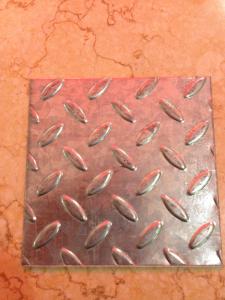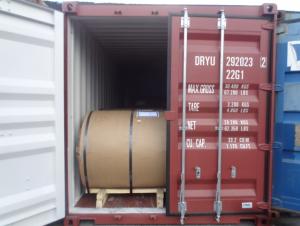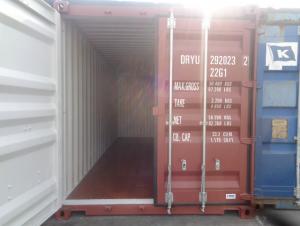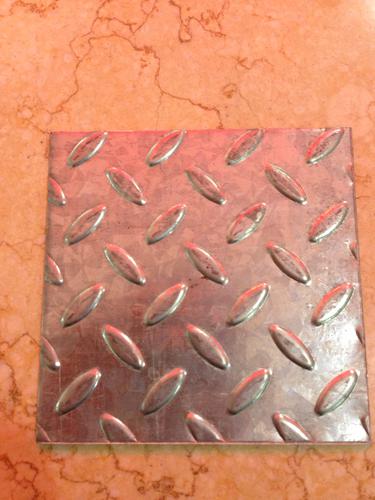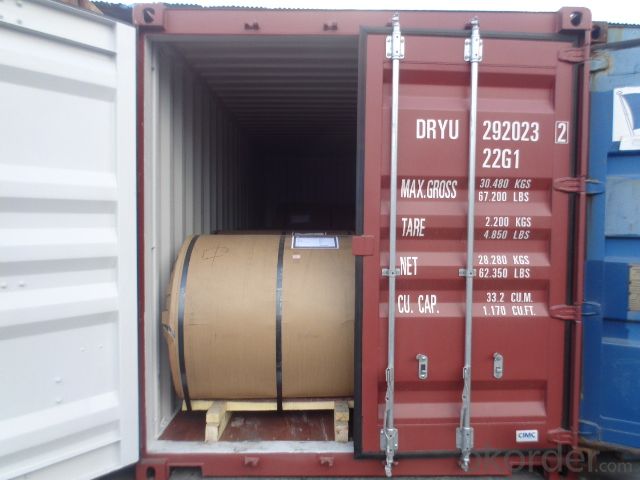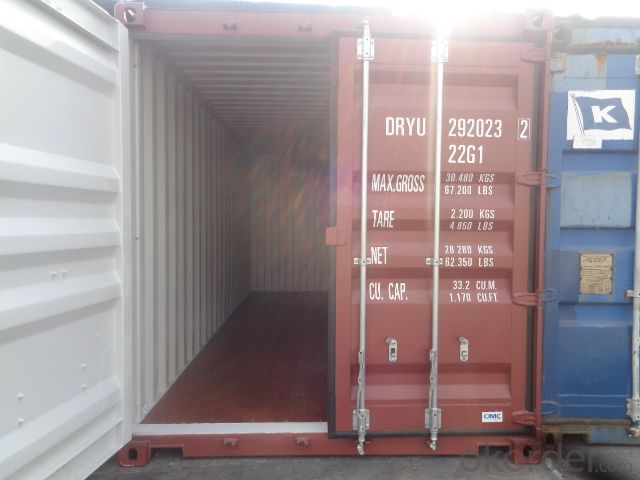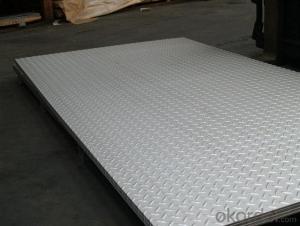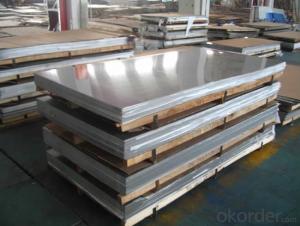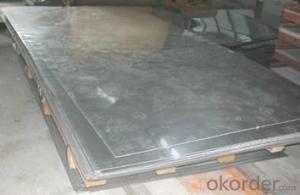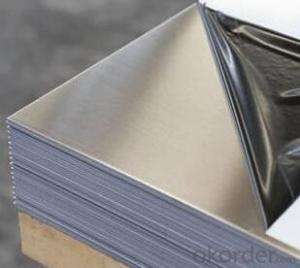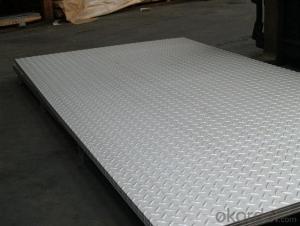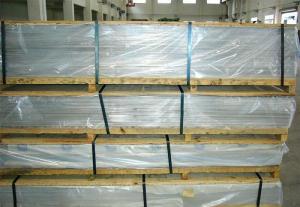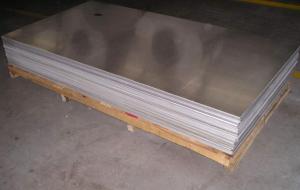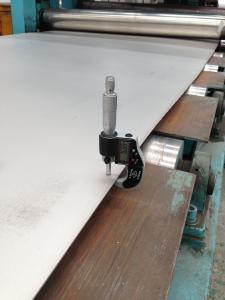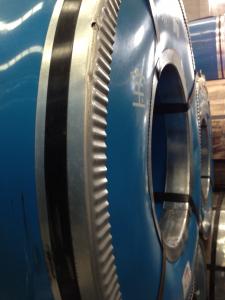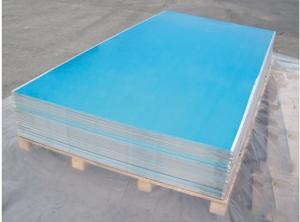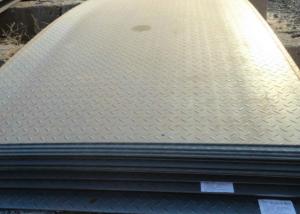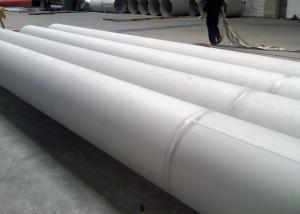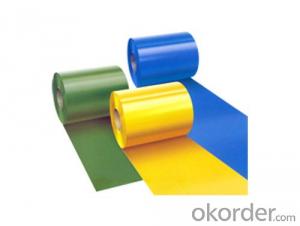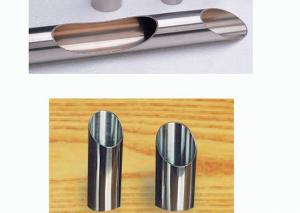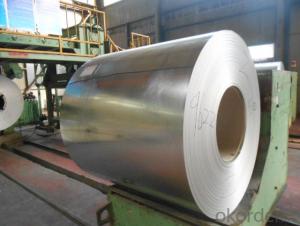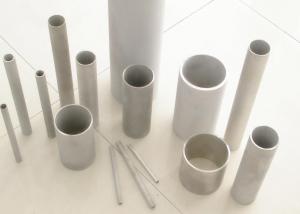Checkered Stainless Steel Sheet With Best Price In Stocks
- Loading Port:
- Shanghai
- Payment Terms:
- TT or LC
- Min Order Qty:
- 4 m.t.
- Supply Capability:
- 4000 m.t./month
OKorder Service Pledge
OKorder Financial Service
You Might Also Like
1.Structure of Product Description
Stainless steel sheet/STAINLESS STEEL PLATE is widely used in the field of construction field and decoration field, etc. There are many different grades, such as: 200 series, 300 series, 400 series, 900series, etc. The detailed grade are as follows: 201, 202, 301, 304, 316, 410, 420, 430, etc.
The surface is including 2B, BA, Mirror Finish, Checkered, etc.
2. Main features of the product
b. Frist-Class Service.
c. Shortest service.
3. Image.
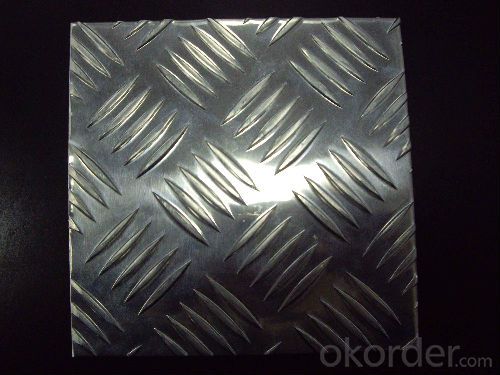
4. Product detailed sizes:
1000mm*2000mm,1250mm*2500mm,1500mm*3000mm, etc.
5. FAQ:
What is the quality standard?
---Usually our standard is GB3880-2006 or else.
What is the width range?
---It is from 1000mm to 2500mm, etc.
What is the length range?
---It is from 2000mm to 6000mm, etc.
What is the MOQ for your products yet?
---Normally it is around 5 tons/each size.
How many tons did you export in one year?
---Normally it is around 9000 tons totally.
---Normally it is from USA, UAE, ENGLAND, ETC.
what is your mainly products?
---Normally they are stainless steel sheet, stainless steel coil, stainless steel checkered sheet, stainless steel mirror finished sheet, color coated stainless steel sheet, etc.
- Q: What are the different types of stainless steel sheet finishes for pharmaceutical applications?
- Some of the different types of stainless steel sheet finishes for pharmaceutical applications include 2B finish, 2D finish, BA finish, and mirror finish.
- Q: What are the different types of stainless steel sheet patterns available?
- There are several different types of stainless steel sheet patterns available, including plain, diamond, quilted, and hammered. Plain patterns have a smooth, flat surface, while diamond patterns feature raised diamond-shaped ridges. Quilted patterns have a decorative quilt-like design, and hammered patterns have a textured, hammered appearance. These various patterns offer different aesthetic options for stainless steel sheets.
- Q: Are stainless steel sheets resistant to lactic acid?
- Stainless steel sheets are commonly resistant to lactic acid. The corrosion resistance of stainless steel is well-known, and lactic acid is generally not potent enough to cause substantial harm to surfaces made of stainless steel. Nevertheless, the level of resistance may differ based on the specific grade and quality of stainless steel employed. To ensure the suitability of stainless steel sheets for applications involving lactic acid, it is advisable to seek guidance from a material expert or conduct appropriate testing.
- Q: How do I clean and maintain stainless steel sheets?
- To effectively clean and maintain stainless steel sheets, adhere to these straightforward guidelines: 1. Commence by eliminating any loose dirt or debris from the surface. Employ a soft cloth or sponge soaked in warm water. 2. For more stubborn stains or fingerprints, combine a mild detergent with warm water. Administer this mixture to the sheet using a non-abrasive sponge or cloth. Thoroughly scrub the affected area, following the grain's direction. 3. Rinse the sheet meticulously with clean water, ensuring the removal of any detergent residue. 4. To prevent the formation of water spots or streaks, delicately dry the stainless steel sheet with a soft cloth. 5. For sustained shine and future stain protection, apply a small quantity of stainless steel cleaner or polish to a clean, soft cloth. Employ circular motions, avoiding any circular rubbing. 6. Eliminate any surplus cleaner or polish using a separate clean cloth, guaranteeing a uniform finish. 7. In cases of obstinate stains or scratches, a stainless steel cleaner containing mild abrasives may be utilized. However, exercise caution as improper usage may result in surface scratching. 8. Refrain from utilizing abrasive sponges, steel wool, or harsh chemicals, as these substances can inflict damage upon the stainless steel surface. 9. Regularly dust the stainless steel sheets with a soft cloth to deter the accumulation of dirt or dust particles. 10. Lastly, it is essential to consult the manufacturer's instructions for specific cleaning and maintenance recommendations tailored to your particular stainless steel sheet product.
- Q: Can stainless steel sheets be used for soundproofing?
- Typically, stainless steel sheets are not used alone for soundproofing. Despite being renowned for durability and resistance to corrosion, stainless steel lacks substantial soundproofing abilities. Nevertheless, stainless steel sheets can be integrated into soundproofing systems either as a component of a composite structure or in combination with other soundproofing materials to amplify their overall effectiveness.
- Q: What are the different grades of stainless steel sheets?
- Stainless steel sheets are available in various grades, each offering different properties and characteristics. The most commonly used grades of stainless steel sheets include: 1. 304 Stainless Steel: This is the most widely used grade and is known for its excellent corrosion resistance, good formability, and high strength. It is commonly used in food processing equipment, kitchen appliances, and chemical containers. 2. 316 Stainless Steel: This grade has even better corrosion resistance than 304 stainless steel and is often used in marine environments or applications involving exposure to corrosive chemicals. It also has good welding and forming properties. 3. 430 Stainless Steel: This is a ferritic grade that is commonly used in applications requiring good corrosion resistance and moderate strength. It is often used in automotive trim, kitchen equipment, and decorative applications. 4. 410 Stainless Steel: This grade is a martensitic stainless steel that offers high strength and hardness. It is commonly used in applications where wear resistance and corrosion resistance are required, such as cutlery, surgical instruments, and industrial equipment. 5. 201 Stainless Steel: This is a low-nickel grade that offers good formability and moderate corrosion resistance. It is commonly used in decorative applications, such as architectural trim, appliances, and furniture. These are just a few examples of the different grades of stainless steel sheets available. The choice of grade depends on the specific application and the desired properties of the material, such as corrosion resistance, strength, formability, and cost.
- Q: Can stainless steel sheets be used for cryogenic storage containers?
- Yes, stainless steel sheets can be used for cryogenic storage containers. Stainless steel has excellent low-temperature properties, including high strength, corrosion resistance, and good thermal conductivity, making it suitable for storing materials at extremely low temperatures in cryogenic applications.
- Q: Are stainless steel sheets suitable for outdoor railings?
- Yes, stainless steel sheets are suitable for outdoor railings. Stainless steel is highly resistant to corrosion, making it a durable and long-lasting material for outdoor applications. It can withstand exposure to various weather conditions, including rain, snow, and sunlight, without rusting or deteriorating. Stainless steel also offers a sleek and modern appearance, making it a popular choice for outdoor railings.
- Q: Can stainless steel sheets be used for elevator cladding?
- Yes, stainless steel sheets can be used for elevator cladding. Stainless steel is a popular choice for elevator cladding due to its durability, aesthetic appeal, and resistance to corrosion and staining. It provides a sleek and modern look while also offering protection against wear and tear in high-traffic areas.
- Q: What are the different types of finishes available for stainless steel sheets?
- Stainless steel sheets come in various finishes, each with its own distinct appearance and level of protection. Some commonly used finishes include: 1. No. 1 Finish: This finish is achieved by hot rolling the stainless steel sheet, resulting in a dull and rough surface that lacks reflection. It is commonly utilized in industrial settings where appearance is not the primary concern. 2. No. 2B Finish: By cold rolling the stainless steel sheet and subsequently annealing it in a controlled atmosphere, a smooth and reflective surface is obtained. This finish is widely favored in applications that require an aesthetically pleasing appearance, such as kitchen appliances and decorative trim. 3. No. 4 Finish: Also known as brushed or satin finish, this technique involves applying a series of abrasive grits to the surface of the stainless steel sheet. It creates a uniform, linear grain pattern that is often used for architectural and decorative purposes. 4. No. 8 Finish: This highly reflective finish is achieved by polishing the stainless steel sheet to a mirror-like appearance. It is commonly employed in applications that demand a sleek and sophisticated look, such as high-end architectural projects and automotive trim. 5. BA (Bright Annealed) Finish: This finish is accomplished by annealing the stainless steel sheet in a controlled atmosphere, followed by pickling or blasting to remove any oxide scale. It results in a smooth and bright surface, making it suitable for applications that require optimum corrosion resistance, such as medical equipment and pharmaceutical processing. 6. Hairline Finish: By mechanically brushing the surface of the stainless steel sheet with fine abrasive belts, a subtle and textured look is achieved. This finish can be utilized for architectural and decorative purposes. 7. Embossed Finish: This finish entails imprinting a raised or recessed pattern onto the surface of the stainless steel sheet using a rolling mill or press. It adds texture and visual interest to the sheet and is commonly employed in applications like elevator interiors, wall cladding, and signage. These are just a few examples of the numerous finishes available for stainless steel sheets, each offering its own unique aesthetic and functional properties. The selection of the appropriate finish depends on the specific application and desired appearance.
Send your message to us
Checkered Stainless Steel Sheet With Best Price In Stocks
- Loading Port:
- Shanghai
- Payment Terms:
- TT or LC
- Min Order Qty:
- 4 m.t.
- Supply Capability:
- 4000 m.t./month
OKorder Service Pledge
OKorder Financial Service
Similar products
Hot products
Hot Searches
Related keywords
